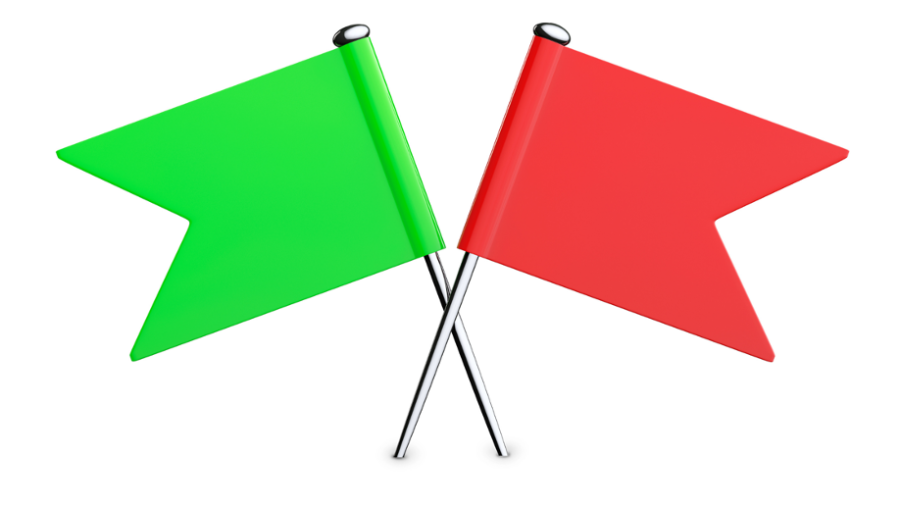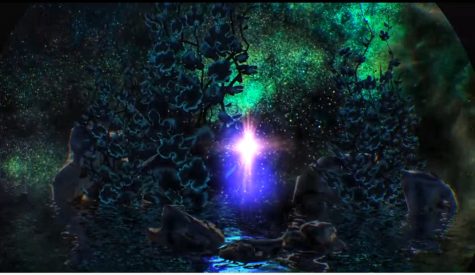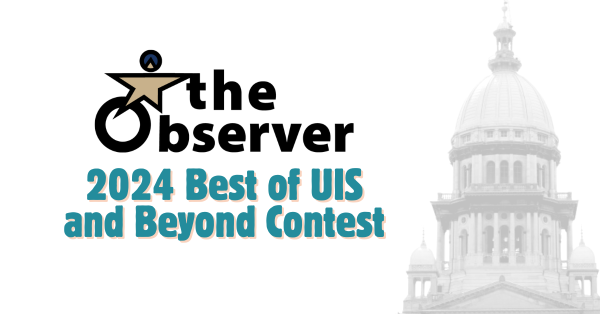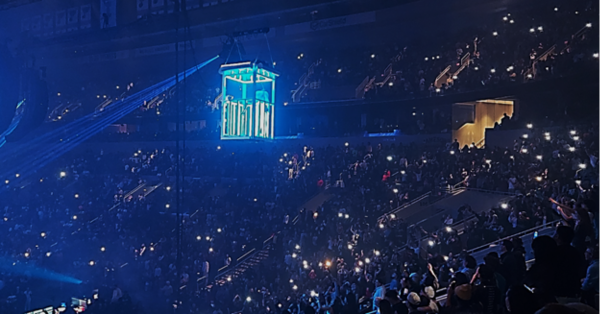The Psychology of Red & Green Flags in Relationships
In relationships, one of the most important things to keep a consistent eye on is the overall health of the partnership. This means taking note of the red flags you see, as well as the green flags sprinkled throughout. The often-thrown-around term “Red Flags” refers to signs that a relationship may not be successful or may require some work between partners. At times, red flags can be so glaring that they may become dealbreakers, or points where the relationship needs to end. Then there is the wonderful nature of green flags, or signs that a relationship will be successful. They indicate the likelihood of compatibility between partners and can represent the good experiences of the relationship as they relate to long term partnership. Each of these will be addressed in depth, alongside examples of how they are presented and how to confront each one
Things like these are important to consider because they are either indicators of future conflicts that can be anticipated and managed or they are indicators of a potentially unhealthy relationship. What is important to note is that red flags can look different for each person, and one person’s dealbreaker is another person’s counseling topic. Some examples of common red flags include but are not limited to: disrespecting service workers, disinterest in details of your life, talking negatively about others behind their backs, making false promises, gaslighting (challenging your beliefs about reality despite their validity), threats of harm and more. Establishing boundaries is one of the key things to be sure to do when it comes to red flags. This can mean addressing the concern immediately as soon as you notice it, addressing it later, or processing if the issue is something that is in fact a long term concern. Some examples of boundaries that may be healthy to set are listed here.
When it comes to green flags, these are often overlooked in the face of red flags and do not often get a lot of attention. Things like giving each other personal space, open communication, willingness to resolve conflict alongside you and more. These factors are important to consider – alongside red flags they help develop a full understanding of your relationship and the potential it holds for health and wellness. It also provides feedback that your partner can use to allow for even more green flags in the future. Acknowledging the green flags your partner displays can help reinforce positive behaviors in the relationship, as well as encourage closeness with your partner.
I am sure you are just dying for an answer to the big question: how can looking at the different relationship flags affect your psychology? Starting with green flags: the habit of looking for green flags can mean that the levels of dopamine can increase in your brain. This is no surprise, as the appreciation of the good things your partner brings to your relationship can manifest as a return of “feel good” feelings about the relationship as a whole. Now, with red flags it can often be nearly the opposite. The biochemical response to red flags in a relationship can typically be an increase in the production of cortisol due to the stress it can cause. More can be seen with the psychological effects of red flags, as they can make an individual question their own boundaries and comfort.
All in all, it is important to take note of the occurrences in the beginning of the relationship and use the time towards understanding the habits of your partner. It helps to know early on if it is just meant to be a learning experience or if your relationship can really go the distance.










